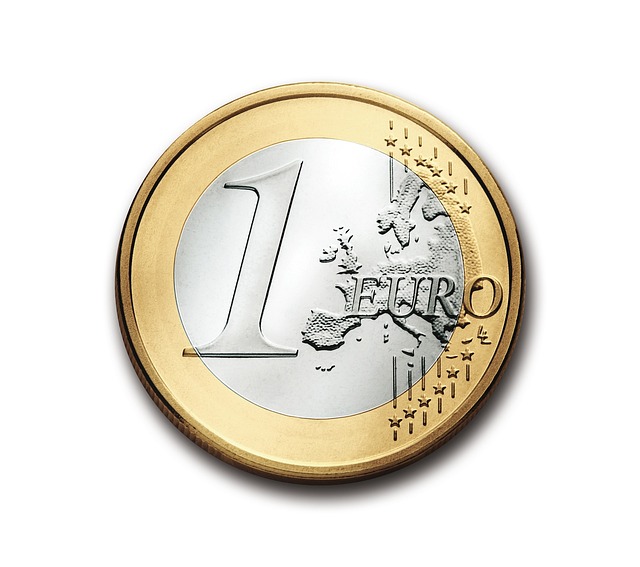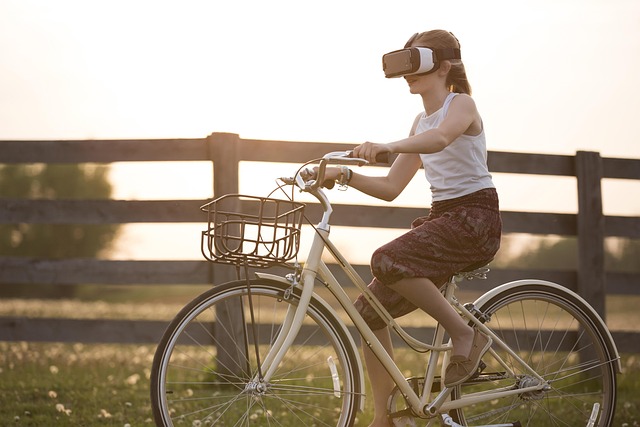Exploring the Future of Education: The Impact of Virtual Reality, Augmented Reality, and the Metaverse on Digital Learning Materials
As we stand on the brink of a technological revolution, the landscape of education is being fundamentally reshaped by innovations such as Virtual Reality (VR), Augmented Reality (AR), and the burgeoning concept of the Metaverse. These technologies are not just enhancing traditional learning; they are redefining what digital learning materials can be, creating immersive and engaging experiences that cater to the diverse needs of modern learners.
The Rise of Virtual Reality in Education
Virtual Reality offers students the chance to step into other worlds—educational environments where they can learn by doing. Imagine a history class where students can walk the halls of ancient Rome or a biology lesson that involves exploring the human body from the inside out. With VR, these scenarios are not merely whimsical ideas; they’re achievable realities. The immersion that VR provides is unparalleled, allowing learners to experience complex concepts in a tangible way, making education more memorable and impactful.
Augmented Reality: Blending the Real with the Virtual
While VR transports students to entirely new realms, Augmented Reality enhances the reality they already inhabit. By overlaying digital information onto the physical world, AR bridges the gap between theory and practice. Traditional digital learning materials, such as textbooks and videos, are transformed into interactive experiences. For example, students can scan an image in a textbook to see a 3D model pop up, complete with interactive features that deepen their understanding of the subject matter. AR not only makes learning more exciting but also caters to different learning styles, making it an invaluable tool in the modern classroom.
Diving into the Metaverse
The concept of the Metaverse takes the revolution one step further—creating a shared, virtual space where users can interact in real-time through 3D avatars. In education, this means classrooms can span the globe, where students from various backgrounds collaborate on projects, participate in discussions, and learn from one another without the barriers of distance. The Metaverse offers a platform for rich social interaction and collaboration, allowing learners to engage in ways traditional educational settings often struggle to facilitate.
Empowering Learners with Enhanced Digital Learning Materials
The integration of VR, AR, and the Metaverse into digital learning materials not only makes learning more engaging but also empowers learners to take ownership of their education. With access to rich, diversified content, students can explore subjects at their own pace, revisit complex topics, and access resources that align with their individual learning paths. This transformation fosters a more personalized learning experience, essential for promoting student success in an increasingly digital world.
As educators and institutions continue to explore these technologies, the possibilities for enhancing digital learning materials are limitless. By embracing VR, AR, and the Metaverse, we are not just adapting to the changes in education—we are actively shaping a future where learning knows no boundaries.



